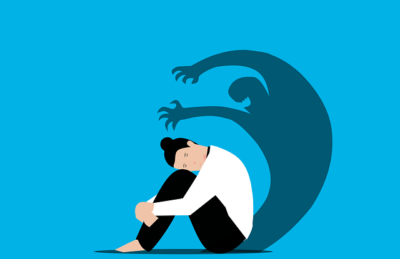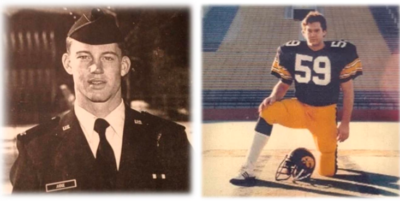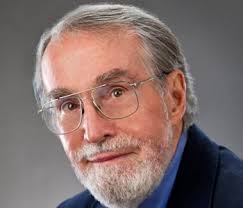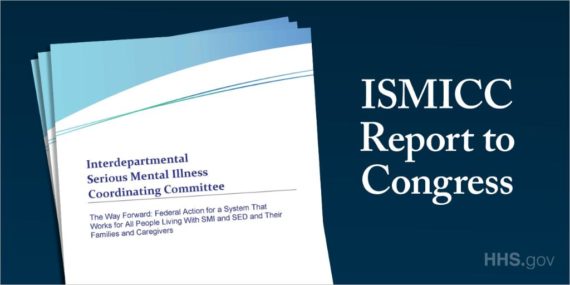(3-23-22) It’s happened again. This time, two are dead and three others wounded. All homeless men. All brutally attacked.
Gerald Brevard III, a 31 year-old Washington D.C. resident, with a long history of mental illness, has been charged with killing Morgan Holmes, 54, who was found shot and stabbed in his tent, which was set on fire, on March 9th in the nation’s capital. Brevard is a suspect in another murder in New York City that happened several hours later and three other shootings of homeless men.
As almost always in killings that involve a suspect with a diagnosed serious mental illness, there were plenty of red flags that were ignored.
“He is a good person and like many across the world, he suffers from mental illness,” Brevard’s father, Gerald Brevard Jr., told local Washington NBC News4 reporter Shomari Stone. “The bigger picture is not that he has mental illness, but the number of times that he’s been within the judicial system and how the system has failed regarding the treatment of so many, including my son.”
The senior Brevard is right. The most recent missed opportunity happened in Fairfax County.








